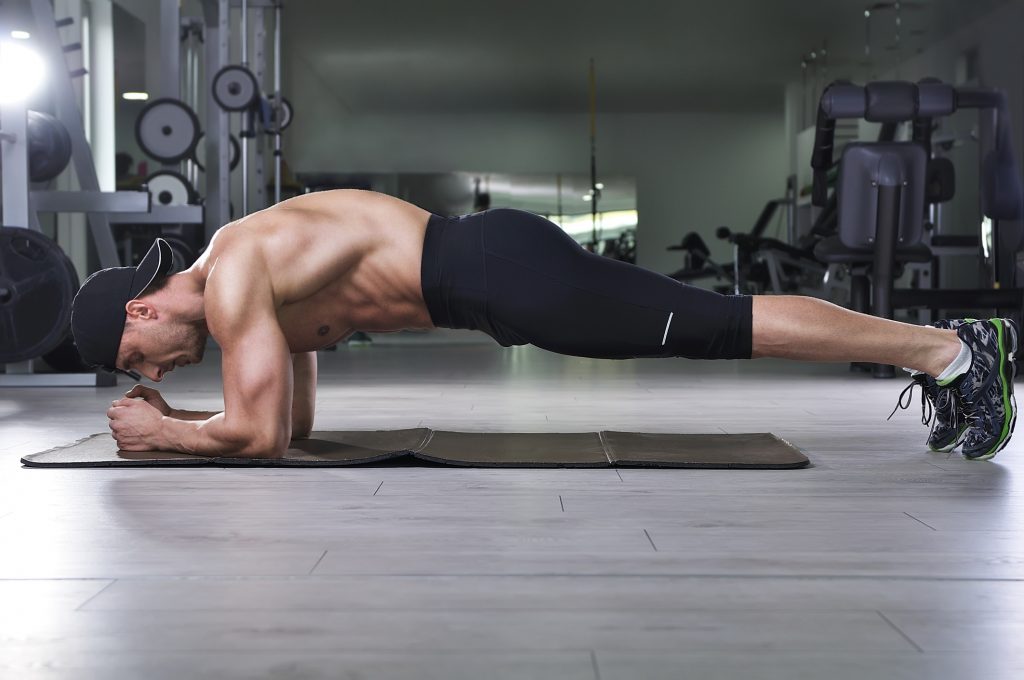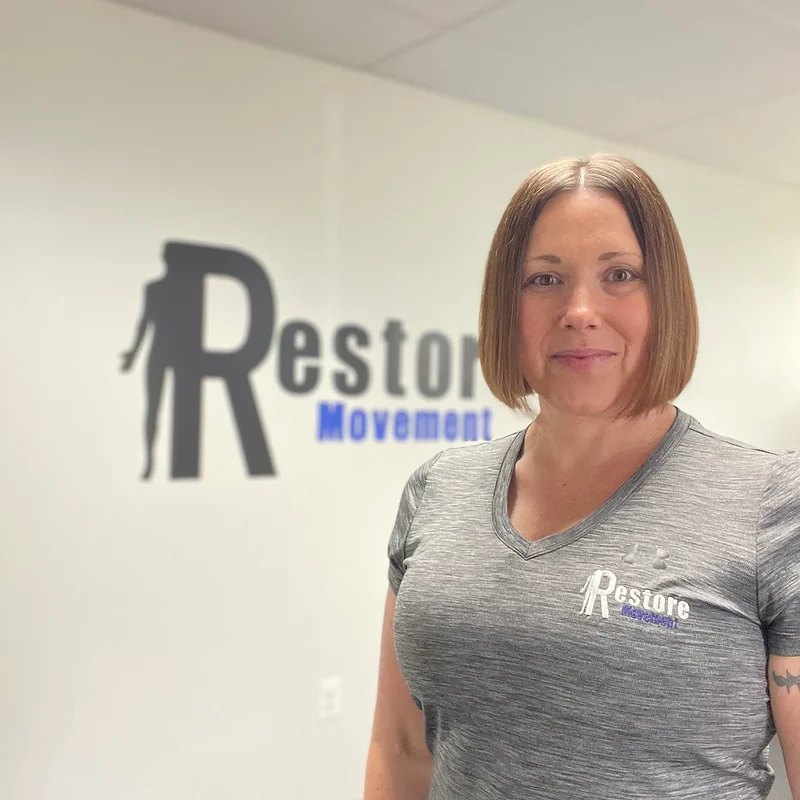By Jennifer Noll, MS
What muscles make up your core and why is it so important to train them all?
Your core musculature consists of muscles from your diaphragm down to your hips, including the front, side, and back muscles in that region.
Starting with the deep core stabilizers, these are attached to the vertebrae and provide support from vertebrae to vertebrae.
The muscles include the transverse abdomens, internal oblique, lumbar multifidus, pelvic floor muscles, and diaphragm.
The next set of muscles are still part of our stabilizing system, but they transfer loads from upper to lower extremities, while providing stability between the pelvis and spine.
That group include quadratus lumborum (GL), psoas major, external oblique, rectus abdimis (six-pack) gluteus medius, Adductor complex.
The last portion of your core musculature is the core movement system, which attaches the spine and/or pelvis to the extremities.
These muscles are the Lats, hip flexors, hamstrings, and quads.
Notice how I mentioned A LOT more muscles than just the six-pack muscle?
We are talking much more than six-pack abs; we’re building a strong core here as top priority; the six-pack will unveil itself by default. Training ALL these muscles will ensure an ironclad core, improve posture, improve balance, and improves neuromuscular control of your upper and lower extremities.
If that sounds confusing, let me break it down like this:
Think of the deep core, the stabilizing muscles, as the foundation to a house.
You build the foundation first, then add the first floor, then the second.
You can’t put a roof on a house without having the walls up first.
Your core foundation must be stable first to ensure the rest of the body moves efficiently.
Old school thought is to do countless crunches or sit ups to build a strong core, however, that way of thinking is unproductive and outdated because it just focuses on the front and outer most layer of your core, and tends to cause low back or neck injuries.
The first mission of core training is stabilization of the deep core muscles and strengthen the spine.
Aiming for a six pack first is like putting a roof on the house before the walls are put up.
Have no fear, we will get to the six-pack next.

First, in order to stabilize, implement the exercises listed below.
Stabilize the deep core:
Dead bugs (and all the many variations)
Bird-dogs (which is also a Yoga pose)
Pallof Press (standing or kneeling)
Planks (side planks, bridges and all those variations)
Side lying leg raises
Standing wall clams
Now that your foundation & walls have been secured, it’s time to look at movement, nutrition, & showing off that six-pack!
Movements that bring your diaphragm toward your pelvis will target your six-pack muscle, aka, the rectus abdominis…
Fun fact: this is actually one singular muscle, not six individual ones.
Top 10 ‘Six-Pack’ Target Exercises:
Planks that incorporate movement rather than a hold
Floor crunches (don’t pull on head and neck)
Ball crunches
Reverse crunches
Hallow holds
V ups
Russian twist
Overhead squats
Turkish getup
Ball slams
There are many more, but these are my current go-to.
For any movement exercises it is important to activate the core by bracing (flexing the core muscles first before any movement begins). This is a practiced skill, because most people will hold their breath while bracing, so practice breathing in and out while flexing the core.
When working the core, especially with rotational exercises, the movement should be done with a slow controlled tempo, I recommend a 4-2-2 tempo. A ball crunch for example, would be to curl up in 2 seconds, hold 2 seconds, then uncurl in 4 seconds.
I have some great news for people who are active: many of us most likely have a six pack, but we also probably have a layer of insulation hiding them!
The key factor to visibly see your six-pack will be what you’re eating, timing of consumption, hydration, and genetics.
Limiting sugar, alcohol, and stress will be a start to get that six pack to reveal itself.
Eating more fiber to reduce bloat and getting enough protein to build and repair muscles are also key factors in achieving a lean physique, especially pertaining to results in the mid-section.
Discipline & consistency will be the two biggest habits to add to your daily routine.
My recommendation, if you want to work on core muscles daily, is to have a schedule, and some pre-planned variation to target different muscles. For example, Mondays might be planks and all the variations, the following day is Twisty Tuesday, meaning you focus on the obliques with rotation exercises, Wednesday Workout, where your exercises incorporate your core indirectly, such as squats, walking lunges, waiter carries, deadlifts, standing bicep curl, etc, and Thursday’s can then repeat Monday or Tuesday.
Pick what works for you; select exercises you will enjoy, and create a routine you will be consistent with.
If an exercise causes discomfort or pain, swap it out for something different. For a workout regimen to be successful and sustainable, it must first be enjoyable, and second be pain-free.
Having a friend, partner, or coach to workout with can help keep you accountable, adds friendly competition, and lends another set of eyes to monitor your form, which is very important when performing core exercises.

Here’s a challenge for you all to try in December:
Time yourself doing a plank on your elbows or a high plank on your hands on December 1st.
Record the time in a journal. (Keeping track of workouts is a great way to measure progress).
Plan a weekly core routine to stabilize and strengthen.
Test yourself and record your progress each week, and likely by the end of December, your time will have increased.
Remember any increase in time is progress!
Soon enough, you’ll have a significantly stronger core, a much healthier back & a more defined six pack!

Restore Movement, Owner
484-372-3633
[email protected]









